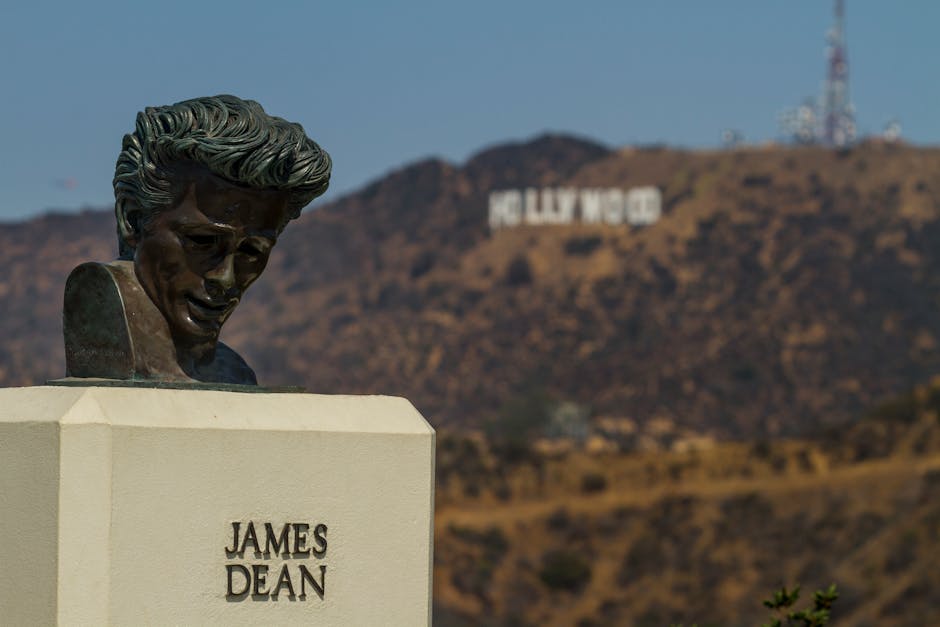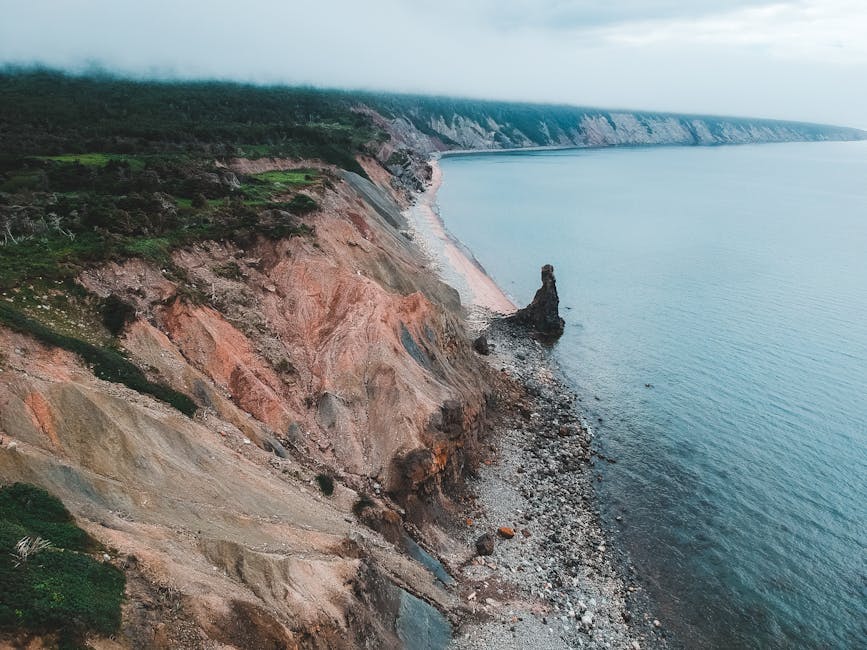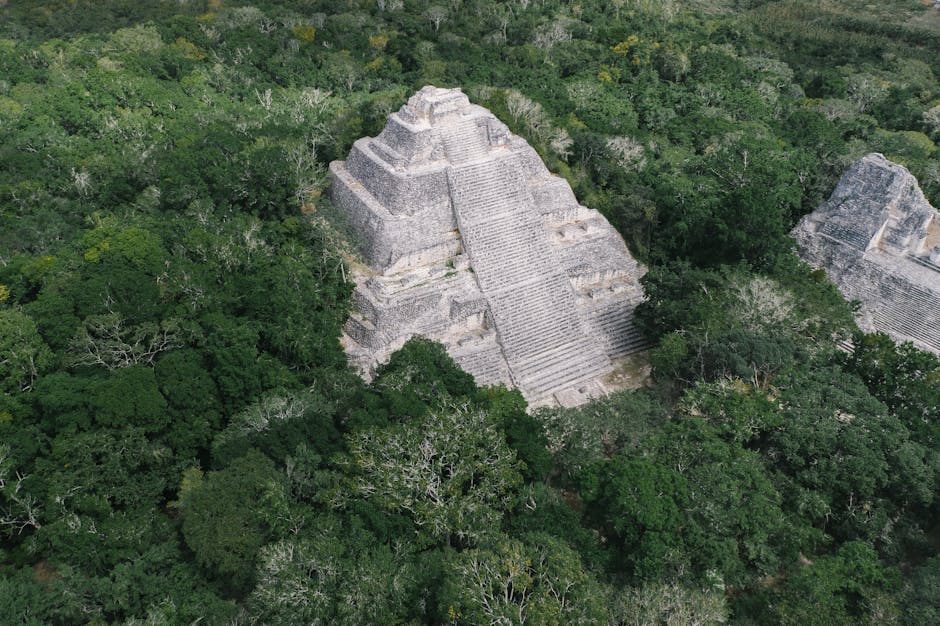The world of cinema has lost one of its most formidable and enduring figures. Tatsuya Nakadai, the legendary Japanese actor whose piercing gaze and monumental presence defined the golden age of his nation’s cinema, has died at the age of 92. This marks the end of an era for film lovers worldwide, closing a chapter on filmmaking that was bold, profound, and artistically uncompromising.
Nakadai’s career, spanning over seven decades, is a history of post-war Japanese cinema itself. He was the face of rebellion, stoic suffering, and tragic grandeur. Unlike his famously rugged contemporary Toshiro Mifune, Nakadai often embodied a more intellectual and tormented character, a man wrestling with the soul of a nation grappling with its past.
A Star is Discovered
Nakadai’s journey to stardom began unexpectedly. He was working behind the counter of a Tokyo clothing shop when he was discovered by the visionary director Masaki Kobayashi. This fateful meeting sparked one of the most vital partnerships in film history.
Together, they created the soul-crushing, nine-and-a-half-hour epic, ‘The Human Condition’ (1959-1961). In it, Nakadai delivered a staggering performance as Kaji, a pacifist forced into the brutal machinery of the Japanese army during World War II. The role cemented his status as a serious dramatic force, capable of conveying an entire ideology through a single, haunted look.
Their collaboration reached another zenith with ‘Harakiri’ (1962), arguably one of the greatest samurai films ever made. As the ronin Hanshiro Tsugumo, Nakadai unleashes a quiet, methodical, and ultimately devastating critique of the hypocrisy of the samurai code. His performance is a masterclass in controlled intensity.
The Kurosawa Collaborations
No discussion of Tatsuya Nakadai is complete without his work with the master, Akira Kurosawa. While Mifune was often Kurosawa’s hero, Nakadai played the perfect antagonist—the smiling, gun-toting villain in ‘Yojimbo’ (1961) and the cunning rival in ‘Sanjuro’ (1962). He was the cool, calculating shadow to Mifune’s earthy volcano.
Their ultimate collaboration, however, came with ‘Ran’ (1985), Kurosawa’s staggering Shakespearean epic. As the aging warlord Hidetora Ichimonji, a Lear-like figure descending into madness, Nakadai gave the performance of a lifetime. Stripped of his power and betrayed by his sons, his portrayal was a pure, elemental force. The image of Nakadai in ghostly white makeup, raging against the heavens, is one of the most indelible in all of cinema.
An Enduring Legacy
Beyond these iconic roles, Nakadai was a prolific artist, appearing in over 120 films and remaining dedicated to the stage, having founded his own acting troupe, Mumeijuku. He worked with nearly every major Japanese director of his time, from Kon Ichikawa to Hideo Gosha.
Tatsuya Nakadai was more than an actor; he was a conduit for the anxieties and triumphs of a generation. His face, a canvas of profound emotion, told stories that transcended language and culture. The screen has lost one of its most powerful presences, but his legacy, etched in celluloid, is eternal.




